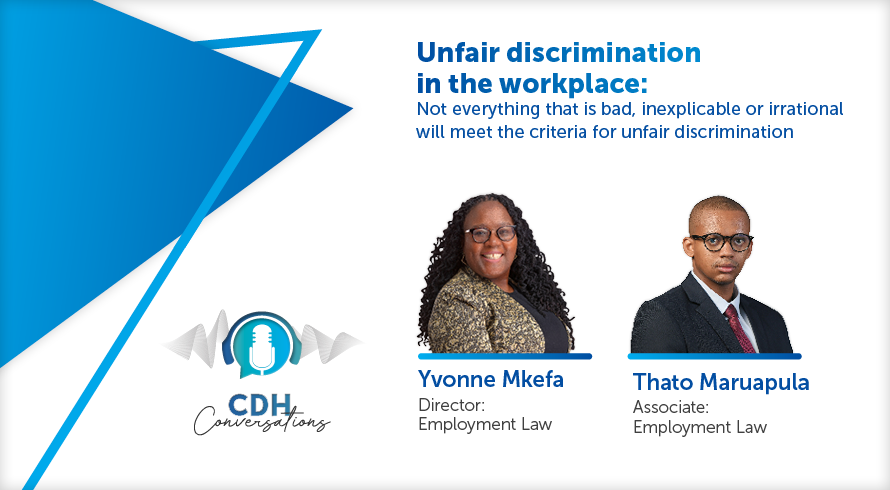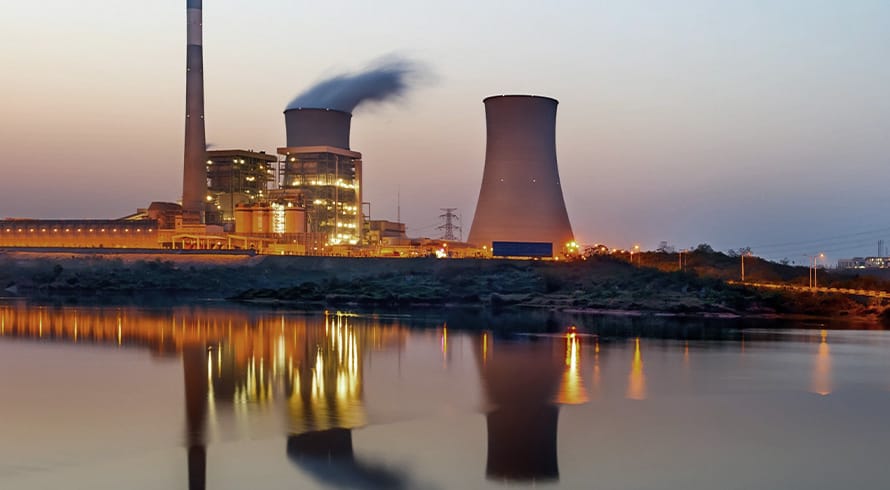Micro-managing air quality and pollution control measures: Minister proposes regulations to enforce compliance in priority areas
At a glance
- The National Environmental Management: Air Quality Act (NEMAQA) regulates air quality in South Africa and sets National Ambient Air Quality Standards (AAQ Standards) for pollutants like sulphur dioxide (SO2), nitrogen dioxide (NO2), and particulate matter.
- Areas with potential air quality issues can be declared priority areas, and emission control measures have been implemented to bring emitters into compliance with the AAQ Standards. However, cumulative emissions still exceed the standards.
- Proposed regulations aim to implement and enforce Air Quality Management Plans (AQMPs) for priority areas, requiring stakeholders to submit emission reduction and management plans, comply with timeframes, report progress, and provide funding or resources for the AQMP implementation. Stakeholders must align these measures with ongoing compliance obligations related to emissions and pollution prevention.
If it is reasonably believed that the AAQ Standards are or may be exceeded in a particular area, or if other factors are present that may cause a significant negative impact on air quality in that area to the extent that an air quality management plan (AQMP) for the area is required, NEMAQA authorises the Minister of the Department of Forestry, Fisheries and the Environment (DFFE) to declare an area a priority area. Areas that have been declared as priority areas to date are the Vaal Triangle Airshed, the Highveld and the Waterberg Bojanala.
Over the years various emission control measures and tools have been implemented by DFFE in an attempt to bring emitters into compliance and to contribute to the AAQ Standards. These include listing the activities that result in atmospheric emissions that have a detrimental impact on the environment (NEMAQA Listed Activity) and the minimum prescribed emission standards attached to them. Emitters, unless they have been granted an extension, were required to comply with the new plant minimum emission standards by April 2020. That notwithstanding, the compliance timeframe came and went with many emitters continuing to operate outside of the prescribed limits. It is therefore evident that, despite the introduction of these emission control measures, it has been recognised that cumulative emissions of certain pollutants continue to exceed AAQ Standards.
Proposed regulations
On 11 February 2022 the DFFE Minister (Minister) published the Proposed Regulations for Implementing and Enforcing Priority Area Air Quality Management Plans (proposed regulations) in terms of section 20 of NEMAQA, whereby the Minister or Member of the Executive Council may prescribe regulations necessary for implementing and enforcing approved priority area AQMPs. The obligations prescribed by the proposed regulations are not in themselves novel emission control mandates, but aim to co-ordinate existing regulated tools and requirements to achieve the successful implementation of AQMPs for the benefit of the communities within the priority areas. This co-ordination will first identify the key stakeholders that the proposed regulations’ measures apply to, namely emitters identified as significant contributors to poor air quality in a priority area. Such stakeholders include anyone conducting a NEMAQA Listed Activity; declared controlled emitters; mining operations; and national, provincial and local spheres of government.
The proposed regulations provide that stakeholders must implement “emission reduction interventions” assigned to them within the timeframes set out in the AQMP applicable to the priority area in which they are located. Notably, stakeholders will be required to submit an emission reduction and management plan that aims to minimise, prevent and manage their emissions to the national air quality officer for approval. These plans must include details of their emission reduction activities, implementation timeframes, and the applicable monitoring and evaluation process. Following approval, stakeholders must implement their emission reduction and management plans within the AQMP’s specified timeframes. In respect of reporting requirements, stakeholders must attend and report to the committee representing priority area role players, and annual progress reports on the implementation of the AQMP must be presented to the committee by the national air quality officer. Notably, the proposed regulations also require stakeholders to provide necessary funding or resources for the implementation of the broader AQMP.
Alignment with ongoing obligations
With the implementation of the proposed regulations, stakeholders will need to align the proposed measures with their ongoing atmospheric emission compliance obligations, which include compliance with:
- their particular operating, monitoring and reporting conditions in their AELs or provisional AELs;
- the reporting requirements contained in the National Greenhouse Gas (GHG) Emission Reporting Regulations, where applicable;
- the requirements prescribed by the National Pollution Prevention Plan (PPP) Regulations read together with the Declaration of Greenhouse Gases as Priority Air Pollutants, in terms of which any person or company conducting a production process that involves the emission of any of the listed GHGs in excess of 0.1 megatonnes annually is required to submit a PPP to the Minister for approval; and
- the remaining obligations stemming from stakeholder being located within a priority area.
As PPPs relate to GHG emission reduction measures and not NO2, SO2 and PM emissions, they are distinct from the requirement for a emission reduction and management plan in the proposed regulations. As an aside, PPPs will, however, be deemed to be GHG mitigation plans in terms of the latest iteration of the Climate Change Bill, which are required to be prepared and submitted for approval by entities to whom carbon budgets have been allocated.
Whether the proposed regulations have the desired effect of improving the implementation of and compliance with AQMPs will remain to be seen. However, the additional layer of compliance pressure that the proposed regulations seek to impose does paint a picture of a more co-ordinated approach and enhanced compliance to achieve AAQ Standards.
Comments on the draft are due 30 days from 11 February 2022, and entities that may qualify as stakeholders based on their role in a priority area are encouraged to take cognizance of the anticipated obligations that they may be required to comply with when the proposed regulations are implemented. Should you be interested in submitting comments on the proposed regulations, please do not hesitate to reach out to our team as we are well placed to assist with drafting submissions on your behalf.
The information and material published on this website is provided for general purposes only and does not constitute legal advice. We make every effort to ensure that the content is updated regularly and to offer the most current and accurate information. Please consult one of our lawyers on any specific legal problem or matter. We accept no responsibility for any loss or damage, whether direct or consequential, which may arise from reliance on the information contained in these pages. Please refer to our full terms and conditions. Copyright © 2025 Cliffe Dekker Hofmeyr. All rights reserved. For permission to reproduce an article or publication, please contact us cliffedekkerhofmeyr@cdhlegal.com.
Subscribe
We support our clients’ strategic and operational needs by offering innovative, integrated and high quality thought leadership. To stay up to date on the latest legal developments that may potentially impact your business, subscribe to our alerts, seminar and webinar invitations.
Subscribe




